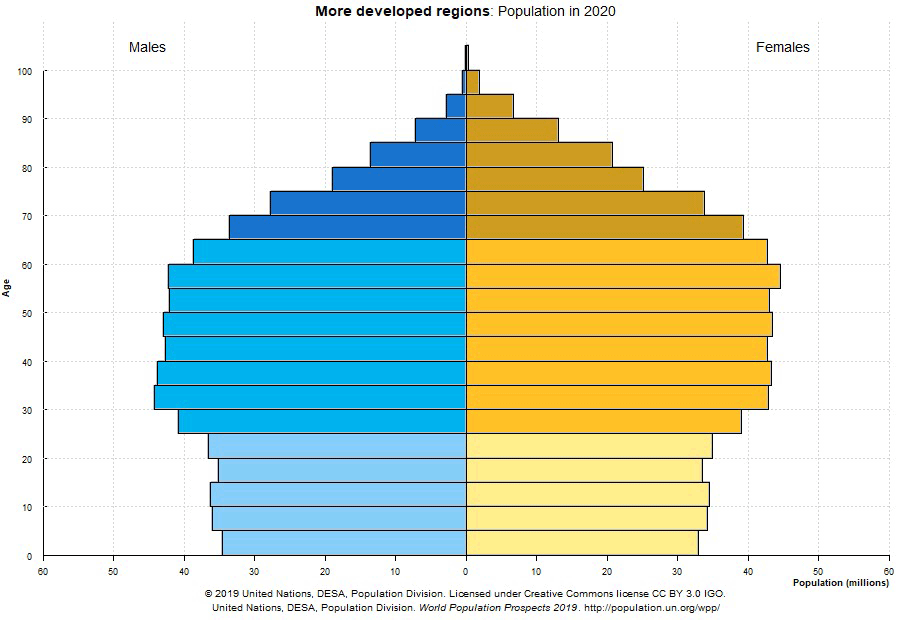Laurie Labs, genesis

My wife and I grew up during the only-child era of China, which means no siblings, in 10 years, the two of us will be supporting four parents, our kids, and ourselves.
My family is blue-collar, both my parents are hairdressers and earned their living humbly. They do ok for themselves, and raised me with the best they can provide, including putting me through one of the most expensive private colleges in the States. However, they don’t have hefty savings, or trust funds or ever spent time figuring out long-term care insurances. My mother, who taught me to have grit and the values of self-reliance, often reminds me that she does not want me to worry about her when she gets older. “Just send me to a nursing home and be done with it, I’m ok.” She would say. She doesn’t know it, but it hurts me whenever she says that, since I also know it will be unrealistic for me to physically be there with her all the time.
While we do not typically think about our parents getting older, this process is irreversible and inevitable.
Tackling this as I would anything else in life, I decided to plan for this foreseeable situation, and think through the scenarios and how I would keep controllable elements, well, under control.
My situation isn’t unique, but rather becoming a megatrend in most developed regions of the world. People are living longer, while the wealth gap causes people to have less kids. The result is called the Demographic Inversion. According to the UN world population projections, by 2030, there will be more 70-year-olds than there are 20-year-olds. Less young people to take care of the old, will create disparate ratios of care-workers to those in need.
The challenge is to create a system which allows seniors to age comfortably and gracefully, through assistive technology, while not depending on substantial number of human care-workers. Such a system supplies Dignity Independence to seniors. Building it is both an urgent challenge for my own family, and a looming challenge for society at large.

To think about senior living, I chose to focus on Activities of Daily Living, or ADLs. This is defined as “The tasks of everyday life. Basic ADLs include eating, dressing, getting into or out of a bed or chair, taking a bath or shower, and using the toilet. Instrumental activities of daily living (IADL) are activities related to independent living and include preparing meals, managing money, shopping, doing housework, and using a telephone.”1 Today, ADLs are performed for seniors by nursing professionals, in both private institutions as well as one-off in-home visits. In the future, all of these activities can be completed by seniors themselves, through the assistance of AI and robotic systems.
“The national annual median cost of care now ranges from nearly $106,000 for a private room in a nursing home to $19,240 for adult day health care services (based on five days per week per year) according to the Cost of Care Survey 2020 by Genworth Financial. A semi-private room ran $7,756 a month, or $93,075 per year.”2 This is the price range to match or beat.
My mission with Laurie Labs is to create AI and robotic systems which can aid seniors to achieve dignity independence.